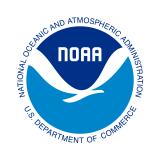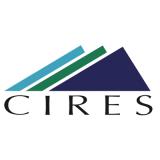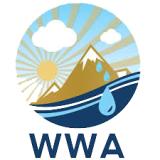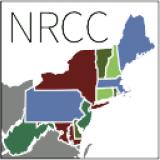Drought Monitoring Toolbox for the Northeast: September 14, 2021
This was the second of two webinars to share project findings on drought indices and indicators that support the monitoring and management of different drought types in the northeast United States. The webinar included an overview of several drought monitoring tools and data sources developed by the project team, including:
- Climate Engine
- NOAA’s Evaporative Demand Drought Index
- NOAA’s Landscape Evaporative Response Index
This webinar was held by NIDIS, the Desert Research Institute (DRI), and the Cooperative Institute for Research in Environmental Sciences at the University of Colorado Boulder (CIRES), in cooperation with the Northeast Regional Climate Center (NRCC).








